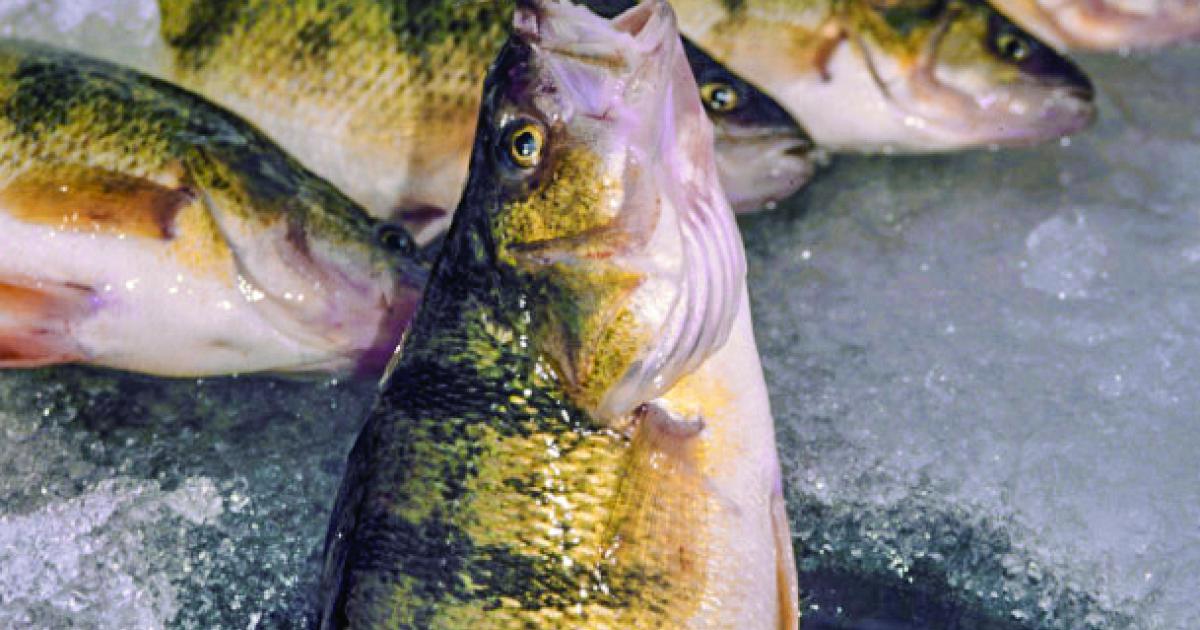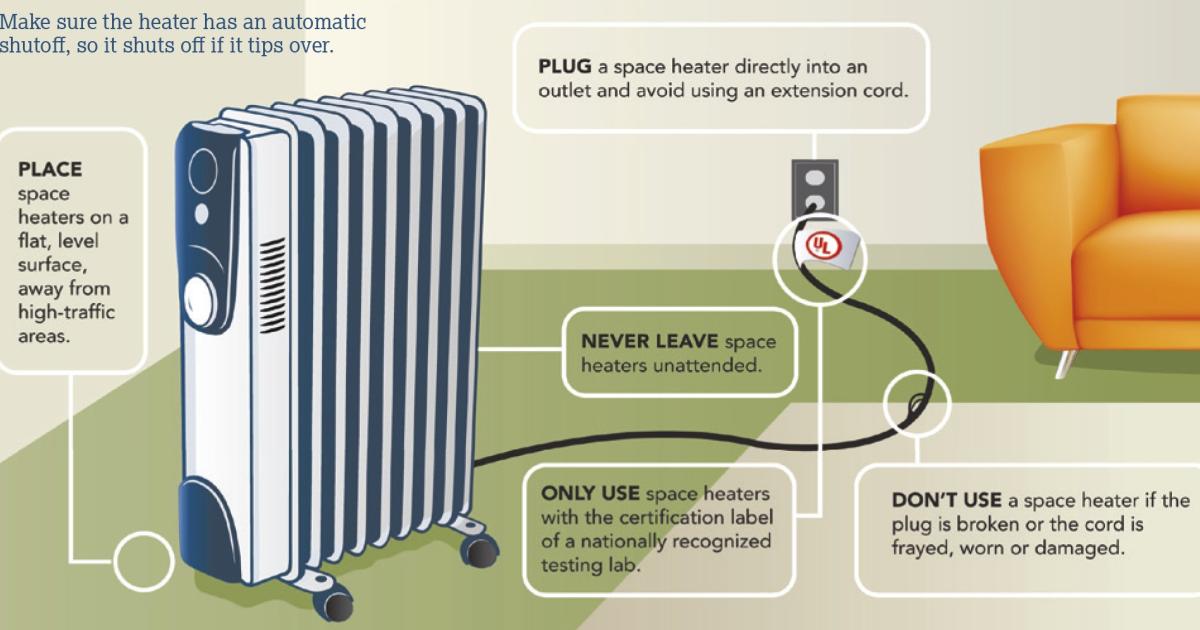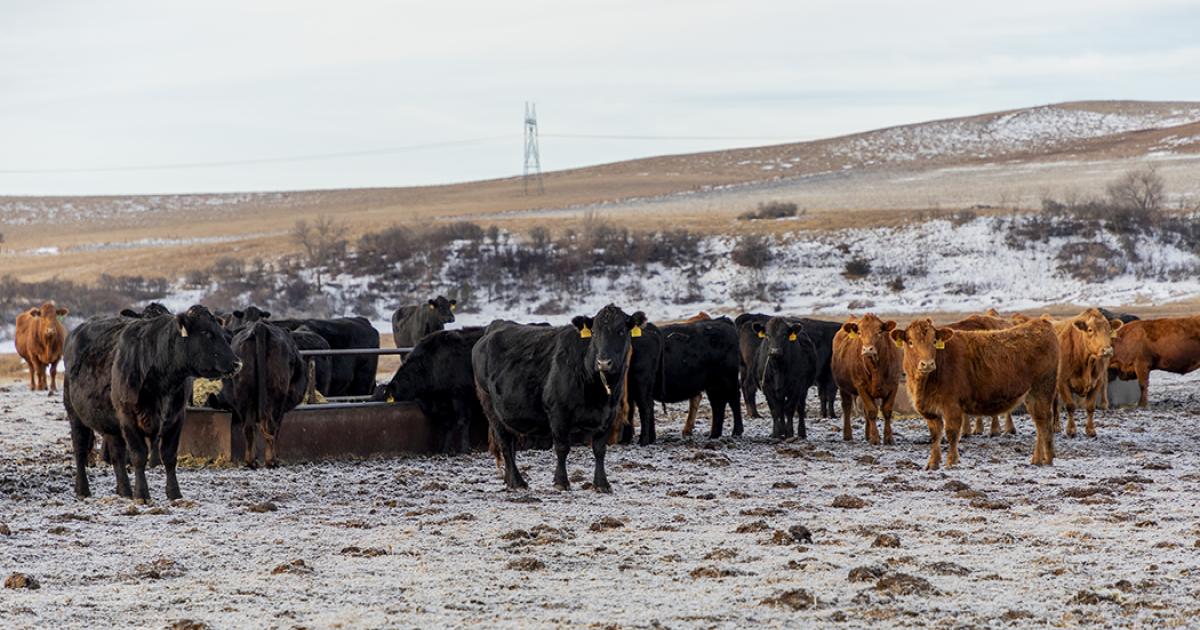North Dakota Living report
Ice fishing on Devils Lake is a longtime hallmark of a North Dakota winter. Duaine Ash has been enjoying Devils Lake ice fishing for about 50 years. He’s had a fair amount of success at it through the years, and is happy to help others find fishing success and enjoyment on the ice.
Ash grew up near Underwood, on a farm served by McLean Electric Cooperative. He settled in Devils Lake, working first for the U.S. Bureau of Reclamation and Garrison Diversion, and completing his working years with the U.S. Army National Guard.
Ash, now retired, says as long as the ice is good, the winter weather is cooperating, and the fish are biting, he’s on the Devils Lake ice fishing, practically every day. A key to success is moving around – a lot, when necessary – and staying safe at all times, he shares.
“I’m kind of a loner, and I like to fish right out of the door of my vehicle,” Ash says. In general, Ash says he will select ice fishing locations that proved to be good locations when he was doing his warmer weather boat fishing.
Ash drills holes in the ice with his K-Drill, an ice auger attachment he uses with a Milwaukee brand hand drill. The device bores through 2 feet of ice in 11 seconds. For locating fish, he relies on the Vexilar FL 28x depth finder. Ash says, for him, success at ice fishing comes from putting in a lot of time drilling and trying many holes in a day.
“I’m antsy, and I can’t sit in one spot,” Ash says. He says normal days on the ice find him drilling and trying 15-20 holes, and he’s even reached the 50-hole mark in a day. He emphasizes that it’s this kind of diligence, mobility and patience over long periods that finds biting fish.
Ash has had greatest success catching walleye and perch using a buckshot lure, which has a rattle. He also likes tungsten lures, which are like a tiny, colored, BB-like item, doing very well bringing fish to the worm/hook presentation.
For depths, Ash cautions against hooking and bringing up big fish from depths of 30 feet or more. He says these fish experience bladder injury when brought up from that depth. So, he is satisfied with bringing up walleye in the 10 inches to 14 inches length, from shallower depths; he has success bringing in perch from these shallower depths, as well.
Safety on ice while fishing is a primary concern for people. Ash makes it his top priority, and urges all who fish on ice to take the same approach. He indicates that people should gather local information and exercise great caution in assessing ice depths and be familiar with how varying ice depths bear the weight of people, gear, structures and vehicles. For ice fishing on Devils Lake, Ash encourages people to contact the Devils Lake Chamber of Commerce for ice reports.
A mild fall indicates to Ash that the 2017-18 ice fishing season will get going later than normal.
“This year, just be awful careful,” Ash says. He adds that ice formation on Devils Lake generally requires two weeks of uninterrupted below zero temperatures, and no wind. Based on the late 2017 weather pattern, he felt those conditions wouldn’t set in until after Christmas.
He encourages a high level of caution in areas of shallower water, with cattails. These areas, near the shore, may appear to have solid ice, but are compromised by cattails that absorb the warmth of the sun.
Ash – who says of fishing, “It’s my life” – encourages North Dakotans to give ice fishing a try. He adds that getting helpful, reliable information from others about ice conditions, good locations and right equipment is key to enjoyment and success.
“My advice is to get ahold of somebody that’s doing some ice fishing,” Ash says, adding that old-timers with the sport, like himself, are happy to share information.
For a newcomer to ice fishing on Devils Lake, Ash says consideration should be given to enlisting the service of a guide. There are several professional fishing guides who serve the Devils Lake fishing community, year-round.
“A guide could get you out into the vicinity where you can fish, and you can learn a few things and go from there,” Ash says.
Although the spring thaw, commencing in March, spells the beginning of the end of a season of ice fishing, Ash says the fish bite tends to get better as spring approaches.
Bottom line for Duaine Ash is he values his time on the frozen water, and he wishes more people – especially young people – would take a liking to this recreational sport.
This winter, when and where ice is good on Devils Lake, Ash will be out on it. For anyone who approaches his vehicle, Ash will have good conversation, some helpful advice and best wishes.
“I can sit and visit with people all day,” Ash says, “and I want them to catch fish, too!”
Ice safety is priority
Before going onto a frozen lake, pond or river, the N.D. Game and Fish Department says it’s important to take safety precautions to reduce the risk of falling through the ice.
Knowing how to judge ice conditions will also help you make more informed decisions while enjoying your outing.
Remember: You take a risk anytime you go onto the ice. Ice thickness is not consistent.
Look for clear, blue ice. New ice is stronger than old ice.
Beware of ice around partially submerged objects such as trees, brush, embankments or structures.
Ice will not form as quickly where water is shallow or where objects may absorb sunlight.
When ice fishing, it is always a good idea to drill test holes or use an ice chisel as you venture onto a lake, to help judge the thickness and character of the ice.
Ice thickness and safety guidelines/general rules of thumb:
• 2 inches – STAY OFF
• 4 inches of good ice supports a walking individual
• 6 inches of good ice supports a snowmobile or ATV
• 8-12 inches of good ice supports a car or small pickup
• 12-15 inches of good ice supports a medium pickup
Source: N.D. Department of Game & Fish










